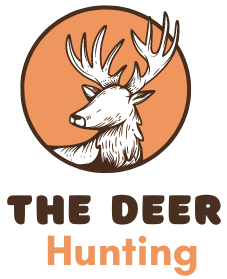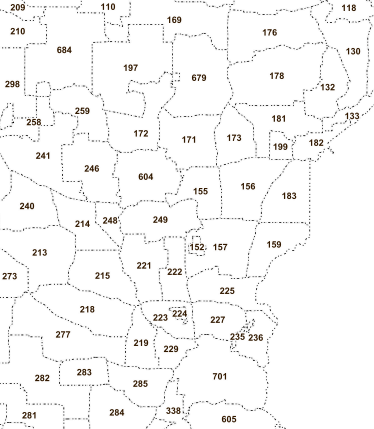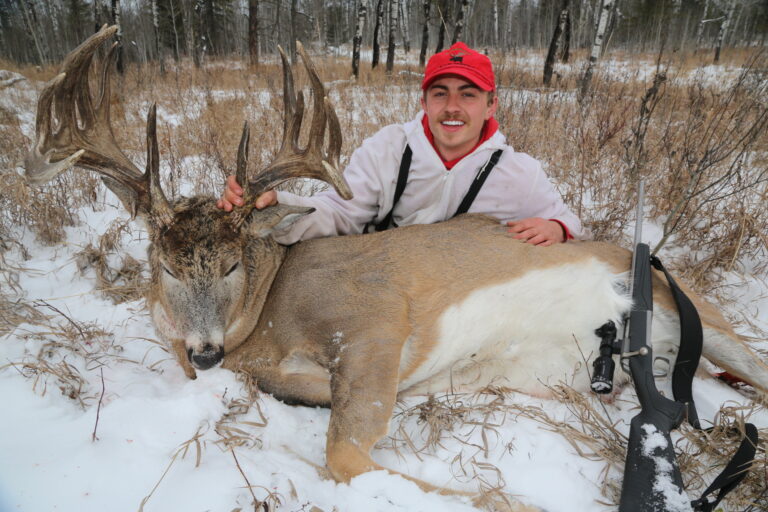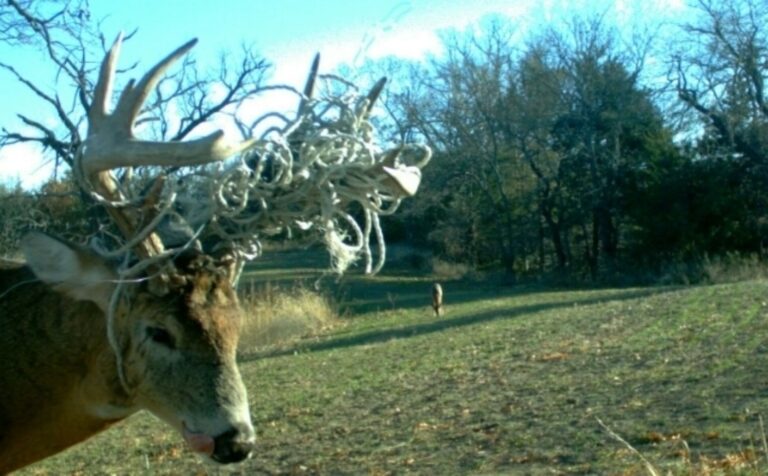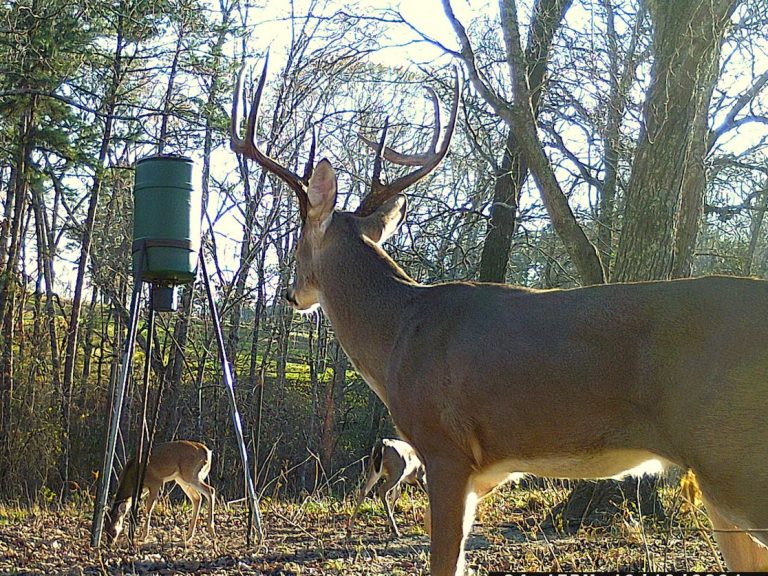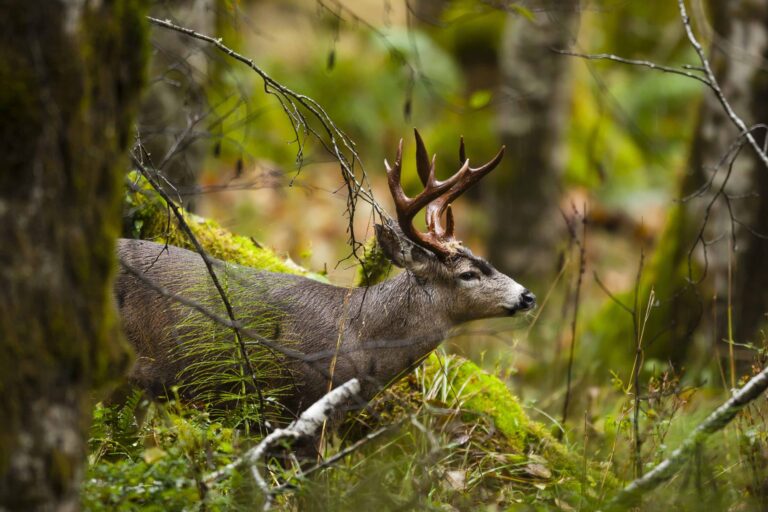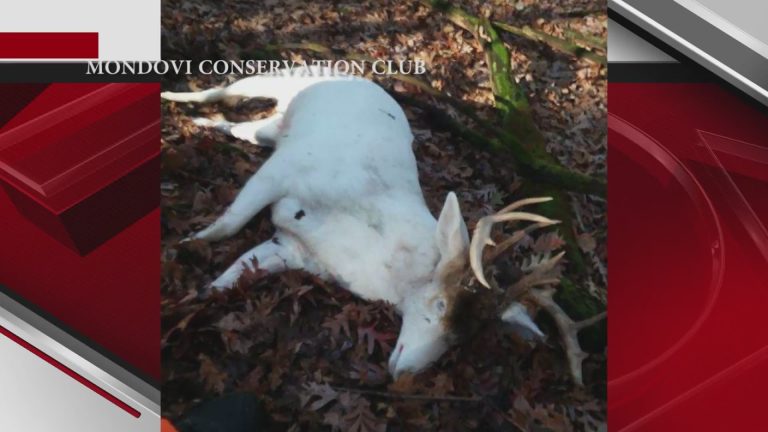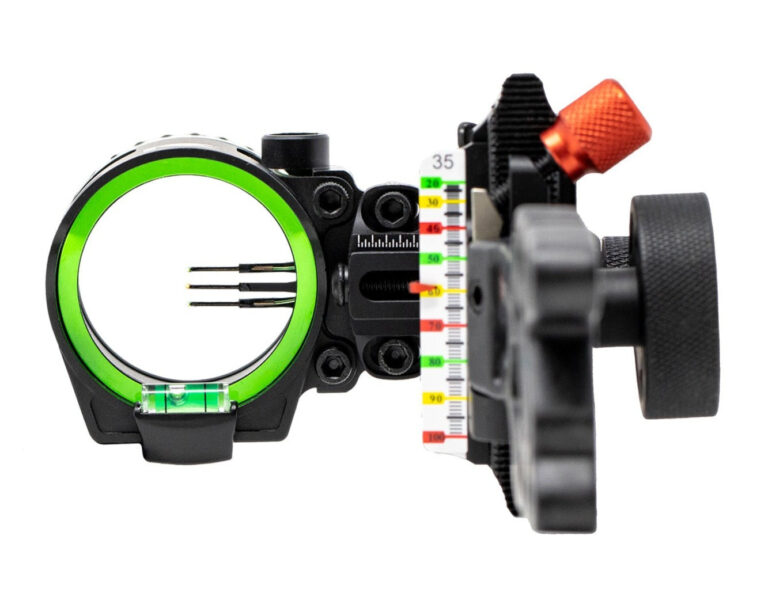Deer Hunting Minnesota Zone Map: Your Ultimate Guide to Success
Deer hunting in Minnesota is a cherished tradition. Knowing the right zones is crucial for a successful hunt.
Minnesota’s vast wilderness offers prime spots for deer hunting. The state is divided into zones, each with unique characteristics and regulations. Understanding these zones can make or break your hunting experience. This blog post will guide you through the Minnesota Zone Map, helping you choose the best areas for your next hunt.
From dense forests to open fields, each zone offers something different. Knowing where to go ensures you follow local rules and increase your chances of success. Let’s dive into the details of the Minnesota Zone Map and find out which zones are best for your deer hunting adventure.
Understanding Minnesota Hunting Zones
Understanding Minnesota hunting zones is vital for every deer hunter. Minnesota’s landscape is diverse, and each zone offers unique hunting opportunities. Knowing the zones ensures you follow regulations and have a successful hunt.
Zone Classification
Minnesota divides its hunting areas into distinct zones. Each zone has specific rules and seasons. These classifications help manage the deer population effectively. Zones can be defined by various factors. They include geography, deer density, and habitat type.
Zone Boundaries
Zone boundaries in Minnesota are clearly marked. They often follow natural landmarks like rivers and forests. Some boundaries align with county lines or roads. Understanding these boundaries is crucial. It ensures you hunt legally and ethically. Always check the latest maps before heading out. Regulations may change seasonally.
Licensing And Regulations
Deer hunting in Minnesota offers a thrilling experience, but it comes with specific licensing and regulations. Understanding these rules is crucial for a successful and lawful hunt. This section delves into the types of hunting licenses available and key regulations to follow.
Types Of Hunting Licenses
Minnesota offers various hunting licenses based on the hunter’s age, residency, and hunting preferences. Here are some common types:
- Resident Firearm Deer License – For residents who use firearms.
- Non-Resident Firearm Deer License – For non-residents using firearms.
- Resident Archery Deer License – For residents who prefer bow hunting.
- Non-Resident Archery Deer License – For non-residents using bows.
- Youth Deer License – For hunters under 18 years of age.
Each license type has its own fees and regulations. It is important to choose the correct license for your hunting method and residency status.
Key Regulations To Follow
Following Minnesota’s hunting regulations ensures a safe and legal hunt. Here are some key rules:
- Hunter Education – Hunters born after 1979 must complete a hunter education course.
- Bag Limits – There are specific limits on the number of deer you can harvest.
- Hunting Seasons – Deer hunting is allowed only during designated seasons.
- Tagging and Registration – All harvested deer must be tagged and registered with the Minnesota Department of Natural Resources (DNR).
- Zone Restrictions – Hunters must adhere to the rules for the specific zone they are hunting in.
Adhering to these regulations helps maintain deer populations and ensures a fair hunting experience for all.
For a detailed overview of regulations and to purchase licenses, visit the Minnesota DNR website.
Best Hunting Practices
Deer hunting in Minnesota offers a thrilling experience. To make the most of it, you need to follow best hunting practices. These practices not only increase your chances of success but also ensure safety and respect for wildlife.
Scouting Techniques
Scouting is key to finding the best hunting spots. Start by studying the Minnesota Zone Map. Look for areas with high deer activity. Use trail cameras to track movement. Check for signs like tracks, droppings, and rubs on trees. Talk to local hunters for their insights. Spend time in the field before the hunting season begins. This will help you understand deer patterns.
Optimal Hunting Times
Knowing when to hunt is crucial. Deer are most active during dawn and dusk. Plan your hunts around these times. Weather also plays a role. Deer move more in cooler weather. Use the Minnesota Zone Map to find zones with suitable conditions. Pay attention to the rut season. This is when deer are most active and easier to hunt. Be patient and stay alert. Successful hunting requires both skill and timing.
Gear And Equipment
Understanding the right gear and equipment is crucial for a successful deer hunting experience in Minnesota. With the right tools, hunters can improve their chances and ensure a safe and enjoyable hunt. In this section, we will explore the essential hunting gear and advanced equipment that can enhance your hunting success.
Essential Hunting Gear
Every hunter needs a reliable rifle or bow. Make sure it is well-maintained and sighted in. Don’t forget ammunition or arrows. These are your primary tools. Wear camouflage clothing suitable for the season. This helps you blend into the environment. Sturdy boots are a must for walking long distances. Carry a sharp knife for field dressing. A backpack is useful to carry all your essentials. Binoculars are helpful for spotting deer from a distance. Always have a first-aid kit for emergencies. Bring a water bottle to stay hydrated. A hunting license is necessary to hunt legally.
Advanced Equipment For Success
Consider using a rangefinder. It helps measure the distance to your target. A GPS unit can keep you from getting lost. Use trail cameras to monitor deer movement. Scent control products can reduce human odor. They help you stay undetected. A tree stand or ground blind provides better concealment. Use deer calls to attract deer within range. Invest in a quality headlamp for early morning or late evening hunts. Portable heaters are useful for staying warm during cold hunts. Use a weather-resistant hunting journal to track your observations and successes.
Safety Tips
Deer hunting in Minnesota is an exciting experience. However, safety should always be your top priority. Whether you’re a novice or an experienced hunter, following safety tips ensures a safe hunt. Let’s dive into some essential safety tips.
Safety Gear
Always wear the right safety gear. It’s not just about comfort; it can save your life. Here’s a list of essential safety gear:
- Hunter Orange Clothing – Make sure you’re visible to other hunters.
- Sturdy Boots – Support your feet and protect from sharp objects.
- Safety Harness – If you’re using a tree stand, a harness is a must.
- First Aid Kit – Carry a basic first aid kit for minor injuries.
- Protective Eyewear – Shield your eyes from branches and debris.
Emergency Procedures
Knowing what to do in an emergency is crucial. Always be prepared for unexpected situations. Follow these emergency procedures:
- Plan Your Route – Inform someone of your location and expected return time.
- Carry a Map and Compass – Don’t rely solely on GPS; it might fail.
- Stay Calm – If you get lost, stay calm and try to retrace your steps.
- Use Signals – Carry a whistle or signal mirror to attract attention.
- Contact Emergency Services – Know the local emergency numbers and carry a charged phone.
Remember, preparation is key. With the right gear and knowledge of emergency procedures, you can ensure a safe and enjoyable hunt in Minnesota.
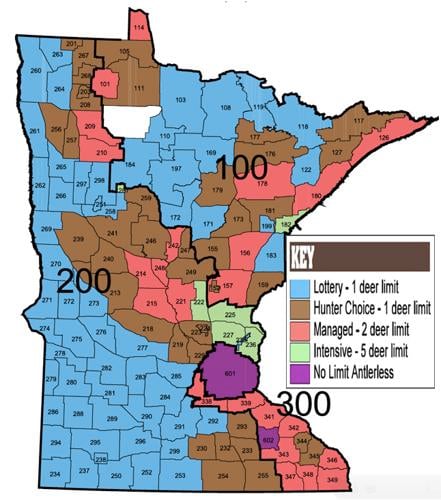
Credit: www.presspubs.com
Conservation Efforts
Conservation efforts play a crucial role in maintaining the balance of our natural ecosystems. In Minnesota, deer hunting is not just a sport but a means to ensure wildlife thrives. Through sustainable hunting practices and wildlife management programs, the state aims to keep the deer population healthy and the environment balanced.
Sustainable Hunting Practices
Sustainable hunting practices are essential for the long-term health of deer populations. Hunters in Minnesota are encouraged to follow specific guidelines to ensure the sustainability of deer hunting. These practices include:
- Adhering to seasonal regulations to avoid overhunting.
- Using appropriate hunting methods that minimize animal suffering.
- Reporting harvested deer to maintain accurate population data.
By following these practices, hunters help maintain the balance within the ecosystem, ensuring that deer populations remain stable and healthy.
Wildlife Management Programs
Wildlife management programs in Minnesota are designed to support the health of deer populations and other wildlife. These programs involve:
- Regular population surveys to monitor deer numbers.
- Habitat improvement projects to provide better living conditions for wildlife.
- Educational initiatives to inform the public about the importance of conservation.
These programs ensure that deer and other wildlife have the necessary resources to thrive, contributing to the overall health of the environment.
Resources And Support
Deer hunting in Minnesota offers a thrilling experience. The Minnesota Zone Map guides hunters. But, resources and support enhance the adventure. Here, you will find local hunting groups and educational workshops. These resources help you understand the terrain and improve your skills.
Local Hunting Groups
Joining local hunting groups can be a game-changer. These groups provide a wealth of knowledge. They share tips, tricks, and experiences. You can learn from seasoned hunters. Group members often organize hunting trips together. This can make your hunting experience safe and enjoyable.
Local groups also offer:
- Networking opportunities
- Access to private lands
- Group discounts on gear
Educational Workshops
Educational workshops are vital. They help you understand the Minnesota Zone Map better. Workshops cover various topics:
- Map reading skills
- Deer behavior and tracking
- Safety protocols
These workshops are often led by experts. They provide hands-on experience. You can ask questions and get immediate answers. Attending these workshops boosts your confidence. It prepares you for the hunting season ahead.
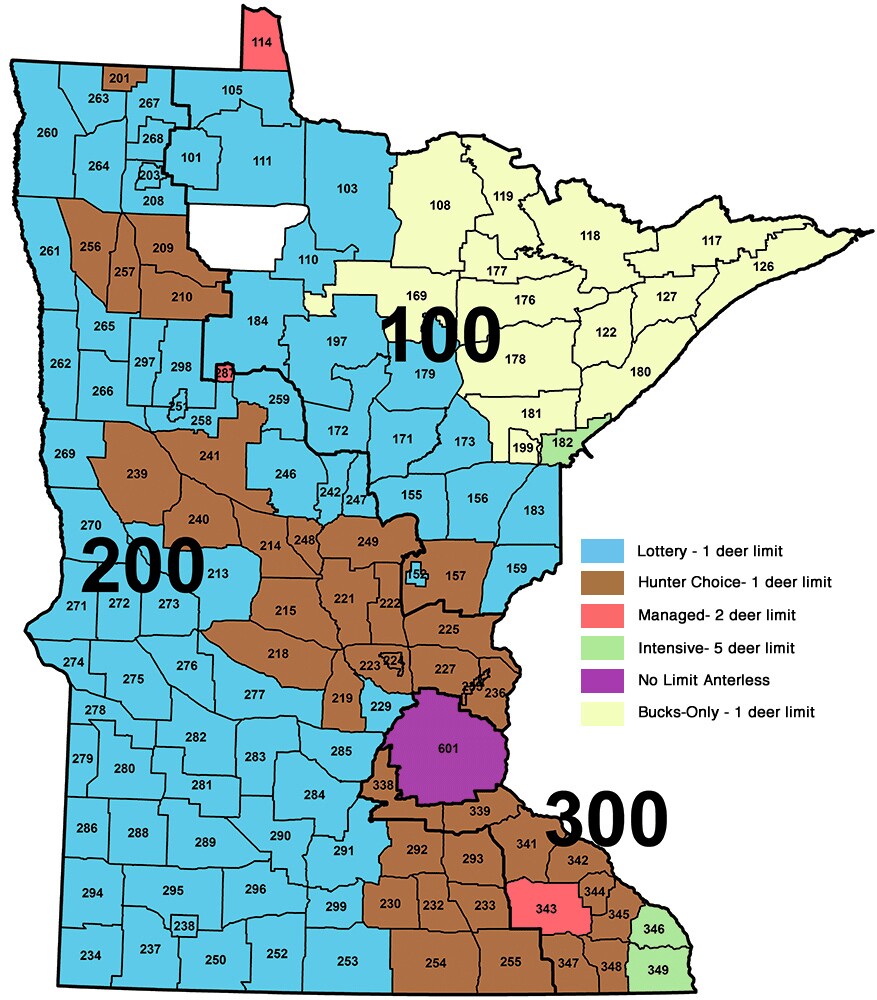
Credit: www.echopress.com

Credit: www.facebook.com
Frequently Asked Questions
What Is The Minnesota Deer Hunting Zone Map?
The Minnesota deer hunting zone map categorizes regions for hunting regulations. It helps hunters understand specific rules in different areas.
How Can I Get The Minnesota Hunting Zone Map?
You can get the Minnesota hunting zone map from the Minnesota Department of Natural Resources website. They provide detailed maps.
Why Is The Hunting Zone Map Important?
The hunting zone map is important for following regulations. It ensures hunters are aware of area-specific rules and permits.
What Do Different Zones Mean In Minnesota?
Different zones in Minnesota indicate various hunting regulations. Each zone has specific rules about season dates, permits, and bag limits.
Conclusion
Deer hunting in Minnesota offers exciting opportunities. The zone map helps hunters plan effectively. Remember to check regulations and stay updated. Respect wildlife and other hunters. Enjoy the beauty of nature. Happy hunting!
